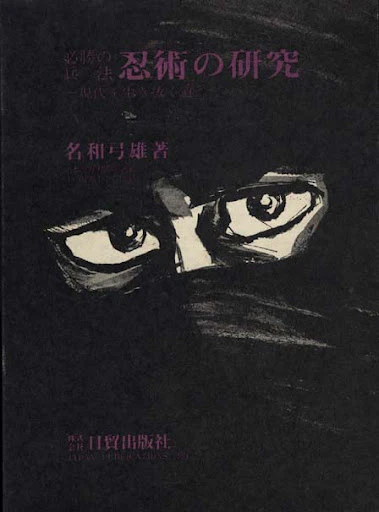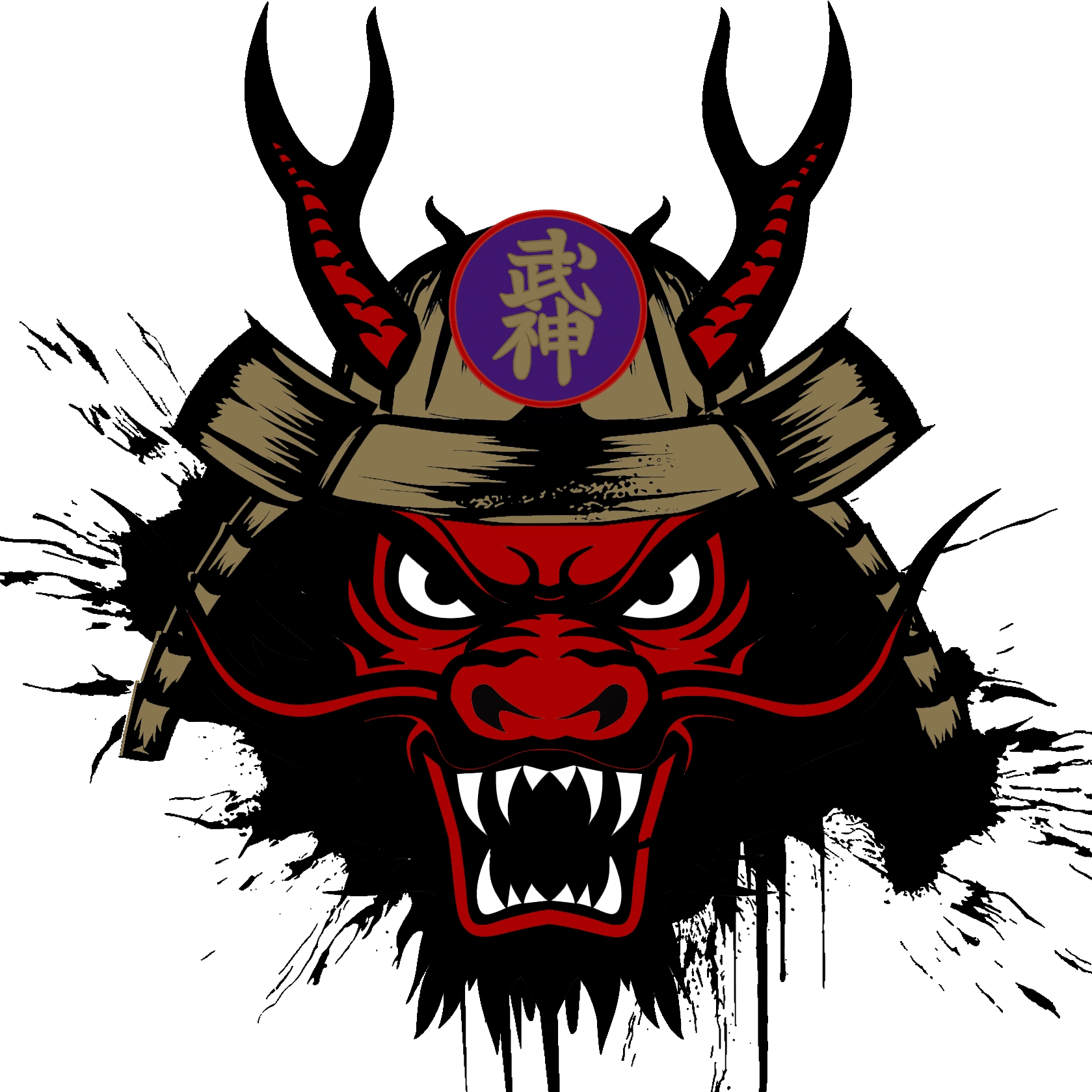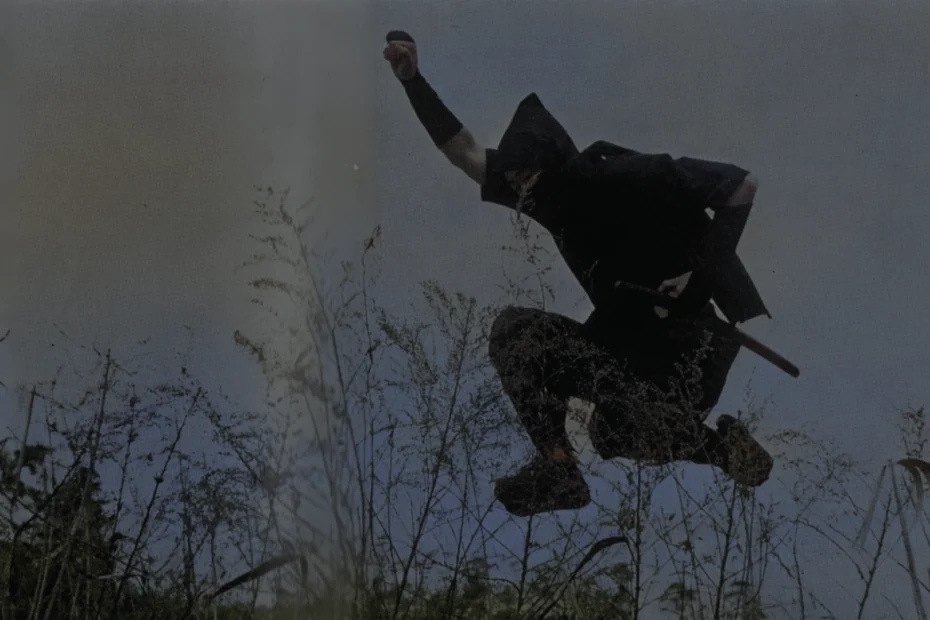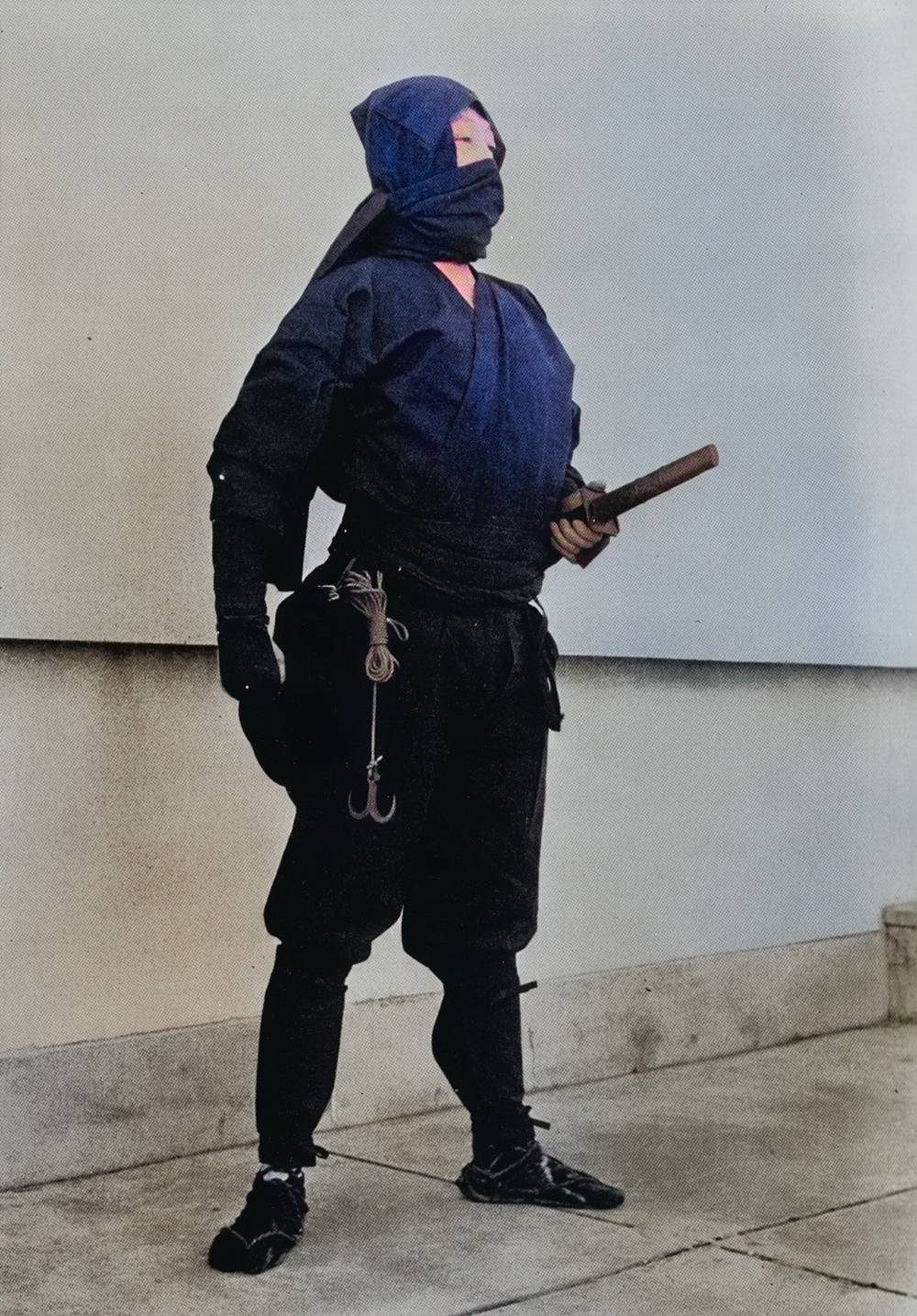
Ninjutsu history begins with terms like 忍者 Ninja and 忍法 Ninpō, the most commonly accepted in modern times, which are newly coined words from the 昭和 Shōwa era (1926–1989). The term 忍術使い Ninjutsu Tsukai (Ninjutsu user) is a newly coined word from the 明治 Meiji (1868–1912) and 大正 Taishō (1912–1926) eras. In the 江戸 Edo period (1603–1868), the representative terms were 忍び Shinobi or 忍びの者 Shinobi no Mono (Shinobi person), and the techniques were called 忍術 Ninjutsu.
Using the term お庭番 Oniwaban (garden guard) in the same way as Shinobi no Mono is a mistake. Oniwaban is a job title in the shogunate, but since Shinobi were assigned to this role, the shogunate’s covert agents were called Oniwaban. However, it is strange for television or movies to feature Shinobi as the Oniwaban of the 上杉家 Uesugi family or the 伊達家 Date family. The names for Shinobi varied across different domains and regions.
In general, even in China, the homeland, the names for Shinobi varied across different regions with various designations.
- 遊子 Yūshi (In 大橋 Ōhashi, Shinobi are called Yūshi. Does this mean one who travels between enemy and ally, or one who takes the form of a playful figure?)
- 行人 Kōjin (In 陰経 Inkyō, Shinobi are called Kōjin. Like Yūshi, it likely means a person who goes back and forth between enemy and ally.)
- 遁形 Tongyō (In 五雑爼 Gozassho, they are called Tongyō. Shinobi are not combatants; their essence is to gather information and escape, meaning a person who masters the form of passing through.)
- 間 Kan (In the state of 具 Chu, they were called Kan. The meaning of Kan is as previously described, and from this, Japan created the term 間者 Kanja [spy].)
- 課 Saku (In the 春秋 Spring and Autumn period, they were exclusively called Saku. The literal meaning of Saku includes “to spy.” It refers to the role of spying on and probing the enemy’s situation.)
- 遊偵 Yūtei, 細作 Saisaku, 姦細 Kansei, 好細 Kōsei (After the Warring States period, in China, Shinobi were called Yūtei, Saisaku, Kansei, Kōsei, etc. This likely means traveling between enemy and ally in a playful form to spy on the enemy’s situation, probing the enemy’s situation in detail and reporting to the general, who then uses this to devise detailed strategies. Additionally, calling Shinobi 森細 Seisai or 妊細 Ninsei likely means a job that appears ordinary on the surface but involves deep, cunning schemes behind the scenes.)
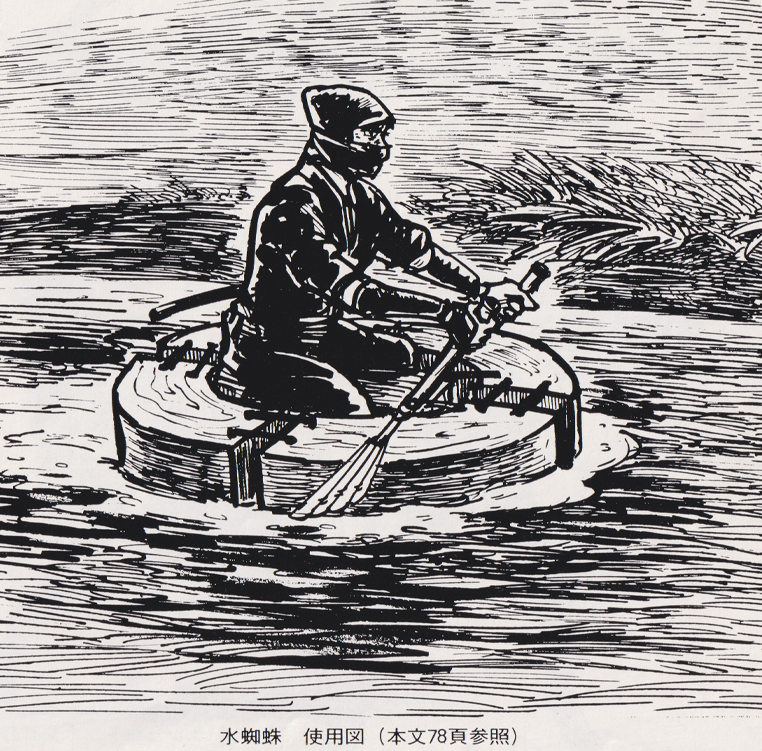
In ancient China, they were called as above, but after being introduced to Japan, from the Muromachi period (1336–1573) to the early Warring States period, they were called:
- 草 Kusa (Grass)
- かまり Kamari (Spy)
- 水彼 Suppa (Water Other)
- 乱破 Rappa (Chaos Breaker)
- 突破 Toppa (Break Through)
- 出抜 Denuki (Exit Pull)
- うかみ処 Ukami Dokoro (Spy Place)
武田玄 Takeda Shingen called Shinobi the 三つの者 Mittsu no Mono (Three Types of People). He divided them into three roles, and collectively referred to them as the 三つの者 Mittsu no Mono (Three Types of People).
… and so on.
- —間見 Kanmi (observer),
- 見分 Mikewake (inspector), and
- 目付 Metsuke (overseer)
上杉謙倍 Uesugi Kenshin called Shinobi 猿 Nokizaru (roof monkeys).
織田長 Oda Nobunaga called Shinobi 製談 Kyōdan (conversers).
In the Tokugawa period, Shinobi themselves used the characters 獺盗 kawai nui (otter thief) to read as Shinobi, or, seemingly disliking the sound of the word Shinobi, they tried to avoid using the character 忍び Shinobi as much as possible. They used terms like:
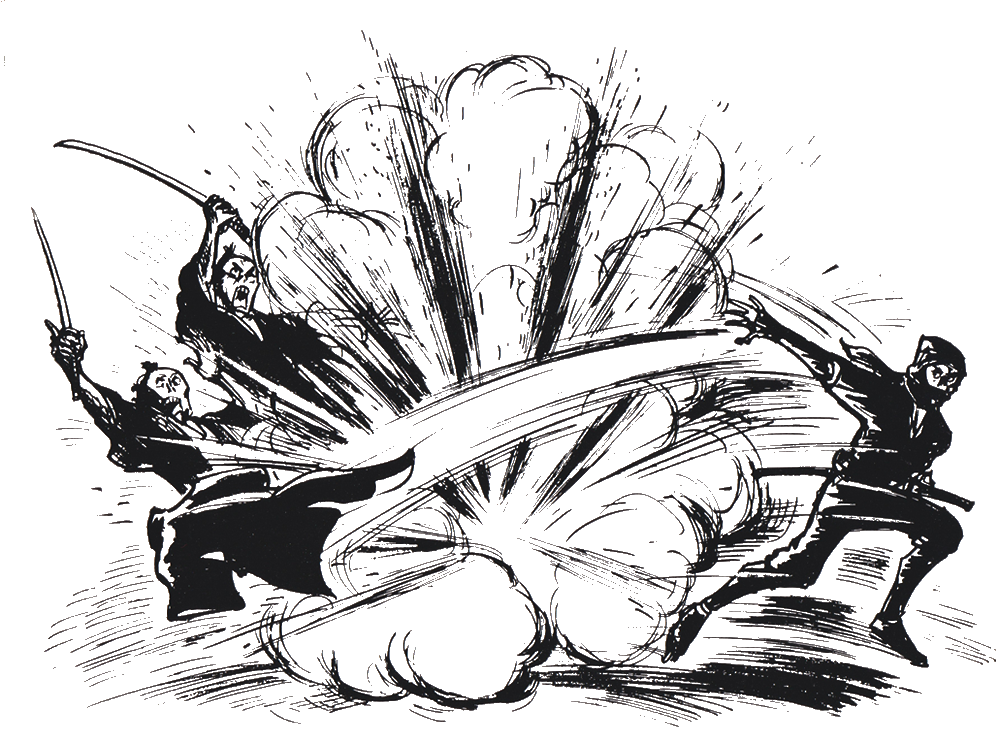
- 早道の者 Hayamichi no Mono (fast path person)
- 早足組 Hayaashigumi (fast-footed group)
- 忍び目付 Shinobi Metsuke (Shinobi overseer)
- 物聞き Monokiki (listener)
- 黒はばき Kurohabaki (black leg guards)
- 小隼人組 Kohayato Gumi (津軽藩 Tsugaru Domain, a Shinobi group led by 中川小隼人 Nakagawa Kohayato, a 200-koku retainer)
- 鳥組 Tori Gumi (Sendai Domain, a guerrilla unit led by Shinobi 細谷十大夫 Hosoya Jūdayū)
These names make it hard to think of them as groups of Shinobi. Even in modern times, people from Shinobi lineages strongly dislike announcing that their family has Shinobi blood.
If a Shinobi is known to be a Shinobi, they can no longer fulfill their role. In other words, they become useless, and simply being a Shinobi led to discriminatory treatment by ordinary samurai, being shunned, and even having marriage proposals rejected—a dark past they carry. Why this happened will be explained later, but the essence of a Shinobi is inherently such, a matter of fate, and nothing can be done about it.
This above was just one section translated from Japanese to English from the book…
忍術の研究 Ninjutsu no Kenkyū by 名和弓推 Yumio Nawa
First published on November 1, 1972. It contains approximately 85,000 words across 377 pages, including around 50 pages of illustrations and index. The work explores historical ninjutsu, martial strategies, and their relevance to contemporary life.
About the Author
Yumio Nawa (real name: Sadatoshi Nawa) was born in 1912 (Meiji 45) into a samurai family of the Ogaki-Toda domain. He was the Sōke (headmaster) of Masaki-ryū Manrikigusari-jutsu and Edo Machikata Jitte-jutsu. His other works include A History of Torture and Punishment, Studies of Jitte and Hojō, and Weapons of the Shinobi, among others. He served as an executive director of the Society for the Research and Preservation of Japanese Armor and Arms, and a standing director of the Japan Writers Club. At the time of publication, he resided in Asagaya-Minami, Suginami Ward, Tokyo.
